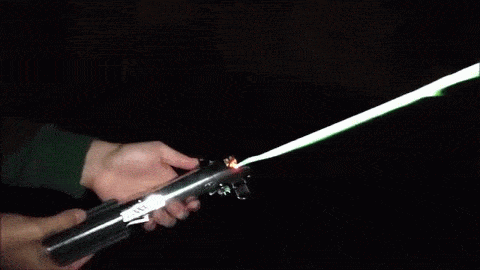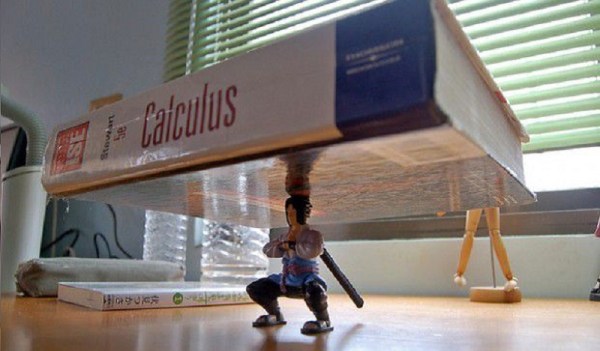We’ve seen ’em before: the charts and graphs in poorly photocopied ’80s datasheets, ancient research papers, or even our college prof’s chalkboard chicken scratch. Sadly, this marvelously plotted data is locked away in a poorly rendered png or textbook graphic. Fortunately, a team of programmers have come the rescue to give us the proper thieving tool to lift that data directly from the source itself, and that tool is Engauge.
Engauge is an open source software tool that enables to convert pictures of plots into the numerical representation of their data. While some of us might still be tracing graphs by hand, Engauge enables us to simply define reference points on the graph, and a clever image-processing algorithm extracts the curve for us automatically! Sure, there’s a little fine-tuning to determine what counts as data, but the net result is an all-in-one software tool that eats pictures and produces data–no intermediate steps required!
Engauge has been helping scientists and engineers preserve ancient data logs for years now, but it’s a tool that’s still fresh today when we’re recording from an analog o’scope or lifting those xs and ys off a textbook. In a world that’s increasingly digital, we’ve got the Engague developers to thank for arming us with the right tool for the job. All that said, If graph-thieving isn’t your thing, try spline-thieving to go from camera to CAD.
Engauge is a little lacking in the demo-video department, but we dug up a quickie on YouTube.
Thanks for the tip, [Jason]!

















